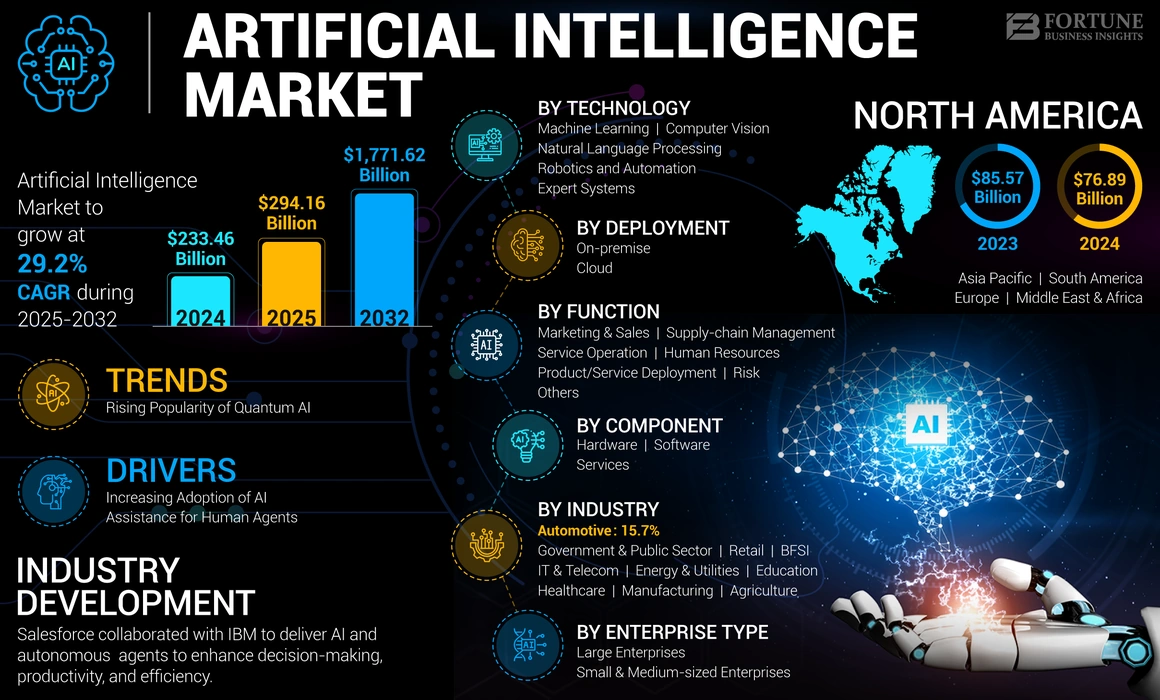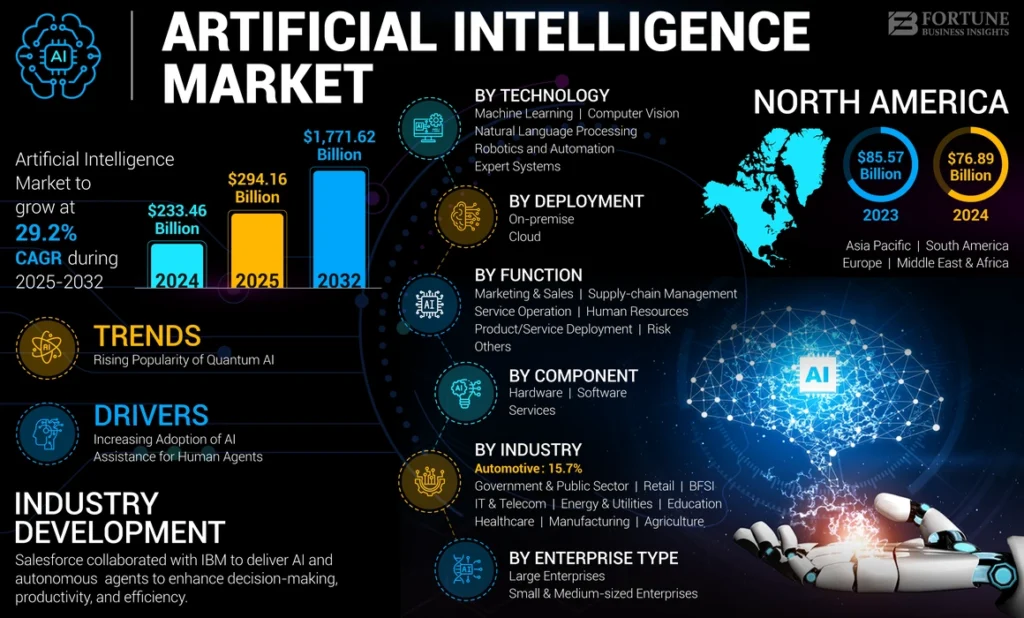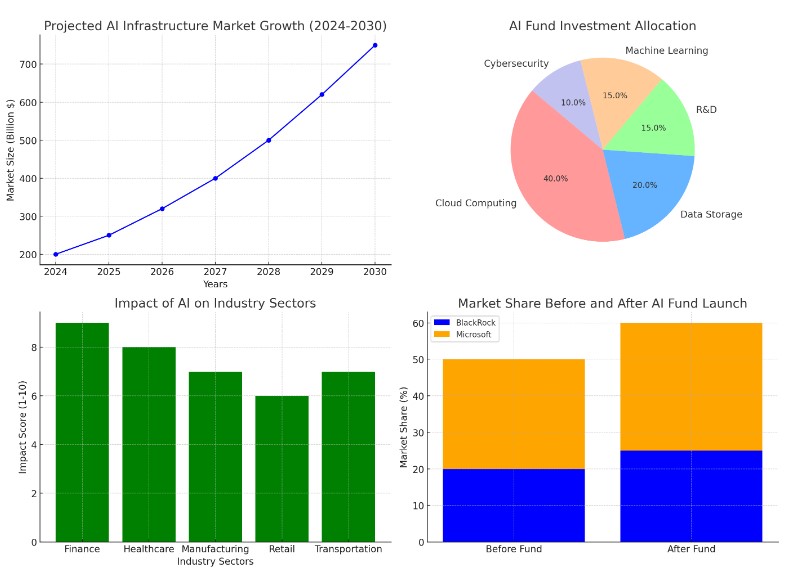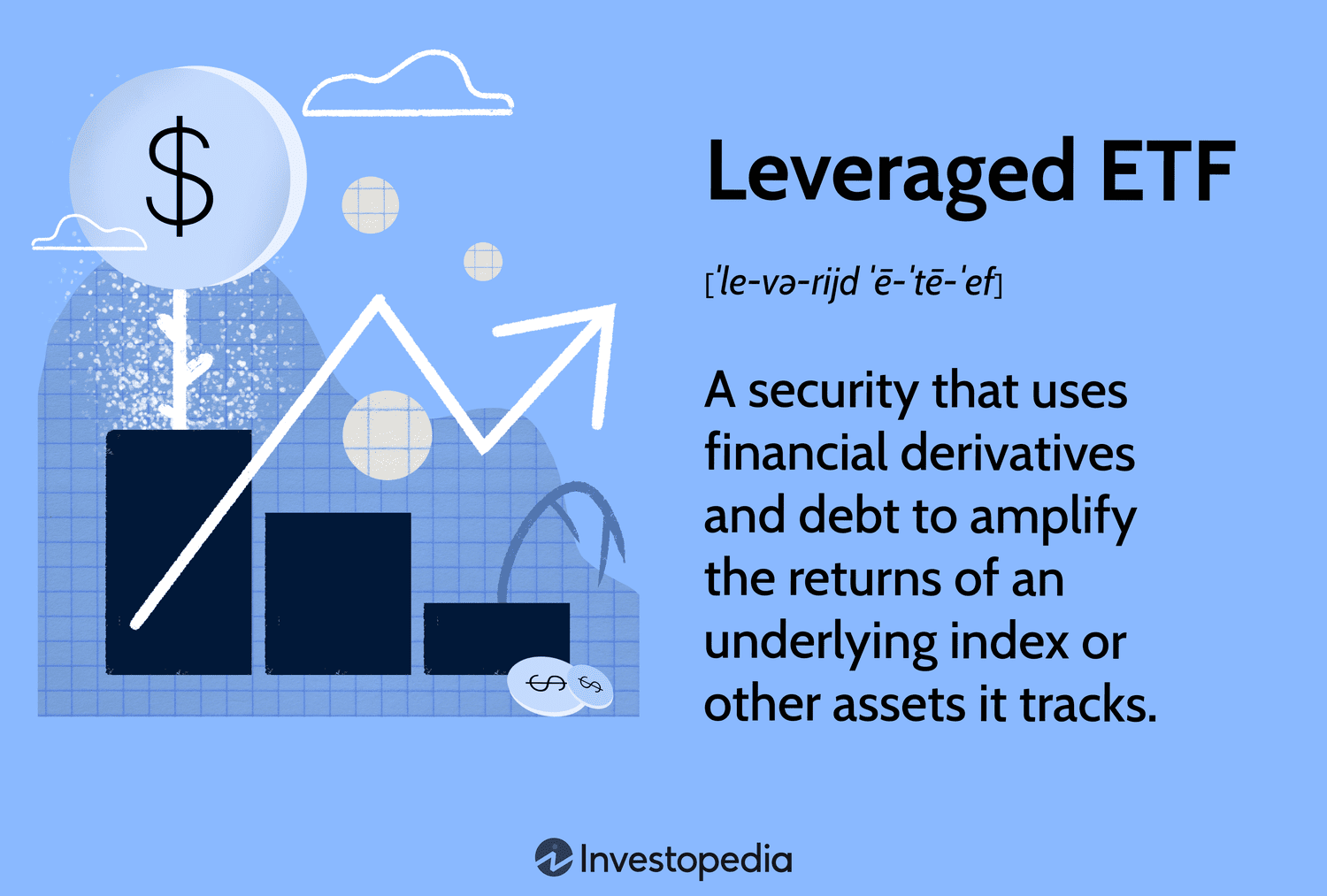

Artificial Intelligence (AI) has emerged as a transformative force across industries, reshaping how businesses operate, innovate, and compete. From healthcare to finance, AI’s influence is undeniable, and its growth trajectory is nothing short of remarkable. This article delves into the projected growth of the AI infrastructure market, the allocation of AI fund investments, the impact of AI on various industry sectors, and the shifting market dynamics of key players like BlackRock and Microsoft before and after AI fund launches.

AI Fund Investment Allocation
Cloud Computing (40%), Cybersecurity (30%), Data Storage (20%), Machine Learning (15%), and Research & Development (R&D) (15%). This distribution highlights the strategic priorities of investors as they seek to capitalize on AI’s potential.
Cloud Computing, with the largest share at 40%, reflects the critical role of scalable infrastructure in AI deployment. Companies like Amazon Web Services (AWS), Microsoft Azure, and Google Cloud dominate this space, providing the backbone for AI applications. The significant investment in Cybersecurity (30%) underscores the growing need to protect AI systems from threats, as they become integral to sensitive sectors like finance and healthcare. Data breaches involving AI models could have catastrophic consequences, making cybersecurity a top priority.
Data Storage, at 20%, is another crucial area, as AI systems rely on vast amounts of data for training and inference. Innovations in storage solutions, such as high-speed SSDs and distributed systems, are essential to keep pace with AI’s data demands. Meanwhile, Machine Learning and R&D, each at 15%, indicate a balanced approach to advancing core AI technologies and exploring new frontiers. Investments in R&D are particularly important for long-term innovation, ensuring that AI continues to evolve beyond its current capabilities.
This allocation suggests a pragmatic approach to AI investment, balancing immediate needs (like cloud and cybersecurity) with future growth (through R&D). However, the relatively low investment in Machine Learning raises questions about whether enough resources are being dedicated to improving the algorithms that power AI systems.

Impact of AI on Industry Sectors
In Finance, AI has revolutionized fraud detection, algorithmic trading, and customer service through chatbots and predictive analytics. Banks and financial institutions are leveraging AI to analyze vast datasets in real-time, improving decision-making and risk management. Similarly, in Healthcare, AI is transforming diagnostics, drug discovery, and patient care. For example, AI-powered imaging tools can detect diseases like cancer with greater accuracy than human doctors, while predictive models help identify at-risk patients.
Manufacturing benefits from AI through automation and predictive maintenance, reducing downtime and increasing efficiency. Retail uses AI for personalized marketing, inventory management, and demand forecasting, enhancing the customer experience. Transportation, with a lower score of 4, is still in the early stages of AI adoption, primarily through autonomous vehicles and logistics optimization. However, challenges like regulatory hurdles and safety concerns have slowed progress in this sector.
These varying impact scores highlight the uneven adoption of AI across industries. Sectors like Finance and Healthcare, which deal with large volumes of data and require precision, have embraced AI more readily. In contrast, industries like Transportation face more complex challenges, suggesting that their AI transformation may take longer.
Our Opinion
The data presented in these charts paints a clear picture of AI’s trajectory: rapid growth, strategic investment, and transformative impact across industries. The projected $700 billion AI infrastructure market by 2030 signals a future where AI is ubiquitous, driving innovation in every sector. The investment allocation highlights the importance of cloud computing and cybersecurity, while the industry impact scores show that Finance and Healthcare are leading the charge in AI adoption. Finally, the shifting market share between BlackRock and Microsoft underscores the rising dominance of tech companies in the AI landscape.
As we move toward 2030, the challenge will be to balance AI’s growth with ethical considerations, such as data privacy, bias in algorithms, and environmental sustainability. By addressing these issues, businesses and governments can ensure that AI’s potential is harnessed responsibly, creating a future where technology benefits all of humanity.


















